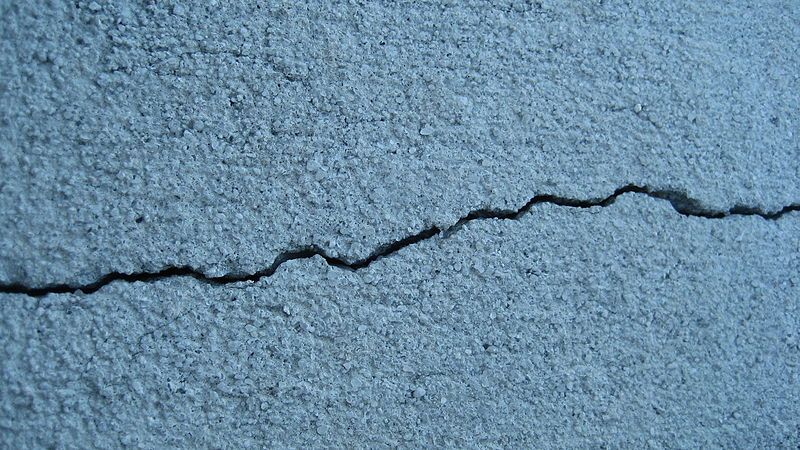
How Concrete Products Can Repair Damage to Your Foundation From Pesky Weeds and Water
The foundation is a home’s main structural support. Without a strong foundation, homes can shift and sustain both structural and water damage. Unfortunately, there are natural threats to a home’s foundation—such as water and plant roots. However, if you catch damage right away, you can use concrete products from your local concrete supplier for repairs, and prevent the need for future costly repairs.
Structural Damage from Roots
Plant roots are a common threat to foundations. Currently, Ottawa has a foreign invasive plant species with roots strong enough to break through concrete and asphalt. The Japanese knotweed is growing aggressively along Ottawa’s shorelines. If not controlled, this plant will spread, having the potential to break through walls and roads, threatening the city’s infrastructure and the foundations of homes and buildings.
Roots from trees and shrubs exert extreme amounts of pressure on their surroundings as they spread, searching for water and nutrients. This movement and pressure displace the soil around them, which can lead to weakened support for a structural load—i.e. a house or building. If the soil moves, the building will too, causing cracks in the foundation. Roots can eventually move through and widen these cracks, causing greater structural damage to the home.
Source of Damage
When you inspect damage to your foundation, it’s important to identify the source of the damage. If the damage is a result of roots from an aggressive plant, like the Japanese knotweed, or a nearby tree, you will have to remove the plant to prevent future damage. Horizontal cracks in the foundation are a sign of soil displacement and settling from aggressive roots.
If there is too much water around your foundation, the resulting cracks are usually vertical or diagonal. Inspect your gutters and downspouts for blockage and damage. When these are working properly, they will direct the watershed from your roof far enough away from your foundation to avoid water damage. Also, avoid having larger plants and shrubs growing near your foundation. The daily watering of plants will lead to root growth which can cause structural and water damage.
How to Fix Cracks in Your Foundation
If you notice any cracks forming in your foundation, you should repair the damage immediately to prevent further costly damage. The type of concrete products used for repairs will depend on the size of the cracks. Before filling the cracks, make sure to clean out any debris. Use a putty knife and a trowel to fill and level these concrete products. For thin hairline cracks, use a vinyl concrete patching compound, or fill with a cement mixture.
For larger cracks:
- Fill with a Polyurethane, silicone, or latex concrete caulk;
- Use foam backer rods in addition to the caulk if the cracks are deep;
- Apply a concrete patching compound afterwards; or,
- Use hydraulic cement to fill in the cracks.
Once the cracks are filled, set, and dried, apply waterproof masonry sealer to your foundation walls to prevent further moisture from getting in. Note that you should fill and seal cracks on both the interior and exterior side of the foundation for extra protection.
Don’t let plants and water threaten the structural integrity of your home. Keep an eye on your foundation and make the necessary repairs with products from your local concrete supplier. Small repairs now will save you from further damage and high repair costs in the future. Keep your home well supported with a strong foundation.
